Engineers can simulate rays emitting from direct and indirect sun models to design more efficient concentrated solar power systems.
MICHAEL GAUVIN, LAMBDA RESEARCH CORP.
The concentrated solar market is often overshadowed by photovoltaic (PV) panels, yet the market segment is expected to grow by nearly 20 percent annually through 2020. Concentrated solar power — or CSP — has unique performance advantages over PV panels, especially when tied to the electrical grid.
CSP systems convert solar radiation to mechanical energy, which, in turn, becomes electrical energy. This is achieved when reflectors, consisting of a mirrored surface applied to a parabolic or flat structure that is mounted to a tracking system, are oriented to focus maximum solar radiation on a receiver — either a power tower or a localized element elevated above the reflectors. From there, a transfer or working fluid is heated to 1000 °F and converted into steam, which then is used to power a turbine, generating electrical energy. Unlike PV panels, CSP can provide power day and night due to thermal storage technology.
CSP engineers are well-aware of the operating principles of these systems. However, achieving maximum efficiency requires high direct solar irradiance to be focused on the receiver. Parabolic trough and Fresnel reflectors are similar in that they both utilize a local receiver instead of a power tower, though obviously differ in terms of geometry. Unlike power towers, these two CSP types are more cost-effective and have fewer installation limitations such as physical scale, geographic location and water access.
Determining maximum absorption rates
The design of parabolic and Fresnel reflectors is the subject of many academic articles, though very few put the complete CSP systems into context with their physical location, published irradiance maps and turbidity conditions. As part of their installation design process, CSP engineers require a tool that can take their lens and reflector geometry and combine it with these external factors to determine the maximum absorption rates.
The ideal solar analysis tool to simulate CSP systems is a 3D computer-aided design (CAD)-based ray-tracing engine including a solar utility to calculate absorption rates on the collector for both direct and indirect solar contribution over time and with consideration of turbidity and aiming apparatus. This tool validates a system by providing a visualization of the rays emitting from direct and indirect sun models that propagate light through the CSP geometry until they reach the target solar collection. The normal workflow in Lambda Research Corp.’s TracePro software, for example, is to evaluate a CSP system starting with the creation of the 3D geometry. Basic geometric CAD primitive shapes are used to create the optical elements in the CSP model. These built-in elements include standard lens types, Fresnel lenses and conic or trough reflectors. A 3D modeler is also included to sketch in 2D surface profiles and extrude or revolve these shapes into optical solid primitives. The user then adds optical properties, creates a sun source model and then does a ray trace to perform an initial evaluation of the system and to verify the model (Figure 1).
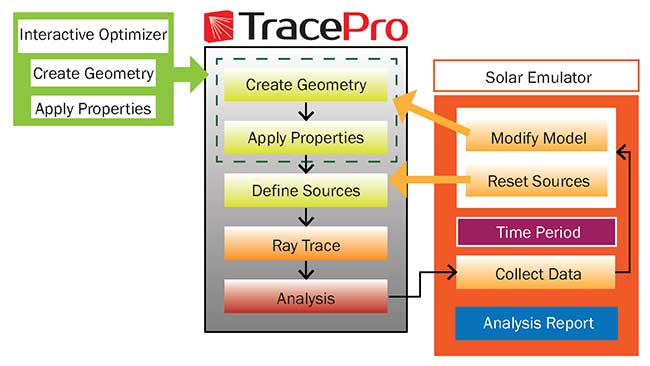
Figure 1. TracePro workflow using solar emulator utility. Courtesy of Lambda Research Corp.
After system verification, the solar utility can evaluate the system over time. The CSP’s global position is specified using either Google Map positioning or by directly entering the unit’s longitude and latitude (Figure 2). The user then enters the time period and interval to be evaluated, system orientation respective to the Earth’s zenith and azimuth, entrance pupil size, sun-tracking options and, if available, turbidity conditions over the specified time period.
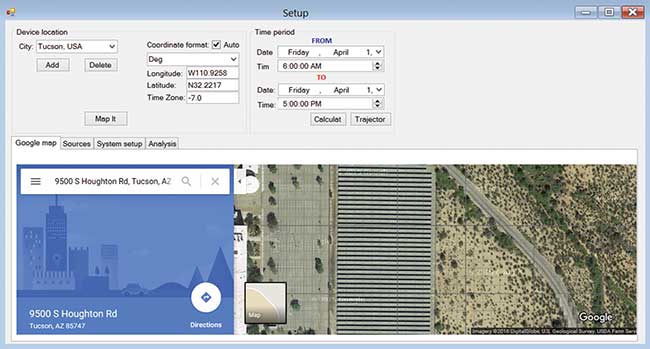
Figure 2. Google Map positioning in the solar utility. Courtesy of Lambda Research Corp.
The standard setup analysis procedure to create the direct and indirect solar contribution for the solar simulation process is to specify the direct and indirect sun models. TracePro has the full National Renewable Energy Laboratory (NREL) solar spectrum model and both the Igawa and Darula & Kittler indirect sun models including definitions for clear, cloudy and partly cloudy sky conditions.
Interactive dialogues define turbidity conditions to calculate changing atmospheric conditions, such as cloudiness, using user-defined percentages per time interval and fully supporting sun-tracking capability of aim to sun, uniaxial, and uniaxial with aim to sun methods.
The CSP engineer then enters the data for an entrance port specifying the zenith and azimuth orientation of the CSP along with the entrance pupil size and shape. Next, a filter can be set up that specifies the percentage of sunny, partly cloudy and cloudy days per interval period to completely define the turbidity conditions that the unit will encounter over the time period. Lastly, CSP engineers can visualize the results through irradiance and candela maps, as well as run flux reports on total collected energy in graphical and tabular formats over the calculated period.
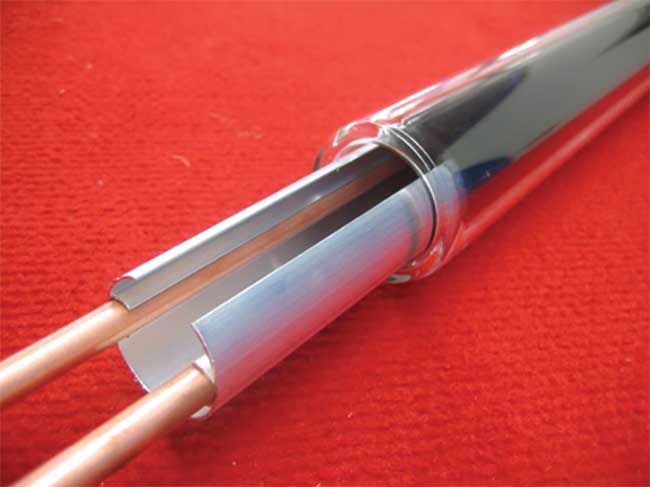
Figure 3. Exploded view of the internal workings of the actual concentrated solar power. Courtesy of Lambda Research Corp.
Modeling the system
As an example, consider a CSP that incorporates sun-tracking and turbidity conditions over an April-to-September interval. A model is first built in ray-tracing software. An exploded view of the actual system has multiple optical elements including borosilicate glass, water, compound parabolic concentrator (CPC) reflector, copper pipe and an extruded aluminum pipe holder (Figure 3). In this system, sunlight hits the CPC reflector and reflects off the aluminum pipe holder until it is taken in by the absorber coating on the copper pipe.
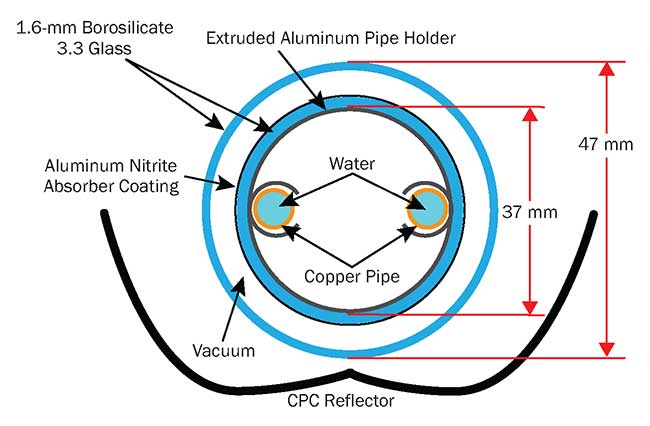
Figure 4. 2D profile of the concentrated solar power system. CPC = compound parabolic concentrator. Courtesy of Lambda Research Corp.
Modeling the system is as simple as taking a screen capture of the end-on profile of the existing system (Figure 4) and then overlaying basic surface primitives in a 2D-sketching utility, adding profiles on top of each component in the existing model. The sketch utility enables the user to add segment and control points to each of the sketched profiles and then pull on these points until the surface profiles match the screen-captured profiles. After creating a model of all of the surface components, these profiles are then extruded or revolved to make solid objects. The next step is to add optical properties to the surfaces and solid objects to correctly mirror real-world optical behavior.
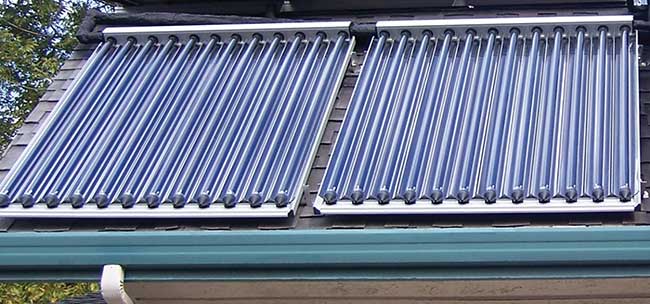
Figure 5. Complete manufactured system in the field. Courtesy of Lambda Research Corp.
The actual working model of a singular unit (Figure 5) shows a double array of the completed manufactured system with 12 tubes in two separate banks. The software model can then be ray-traced to verify that the virtual model works as expected by visualizing the incoming rays through the optical system. In the simulated model, almost parallel red-colored rays depict incoming sunlight that then reflects off the CPC collector and propagates through the optical elements until it reaches the inner absorbing areas (Figure 6).
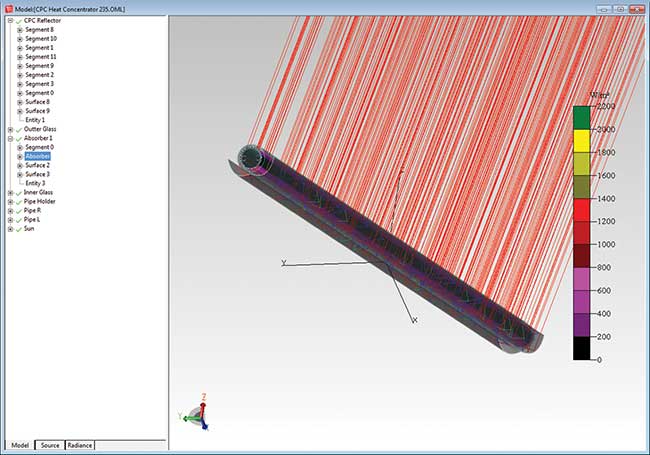
Figure 6. System as modeled in TracePro with rays shown. Courtesy of Lambda Research Corp.
After verifying the model for a singular time event, the next step involves simulating daily results for a one-month period, and then simulating the monthly contributions over an extended period.
Accounting for turbidity and sun-tracking apparatus
Here’s where a lot of the painstaking work is involved. The CSP engineer must go back through multiple years of weather forecasts to compile a list of average turbidity conditions. This data is then entered as a time filter per month specifying clear, partly cloudy and cloudy conditions on average for that period into the software’s filters. Table 1 (opposite page)shows turbidity conditions in Taiwan for 2014, depicting the percentages of sunny, partly cloudy and cloudy dates for April through September; the top right portion shows the data as entered into the time and turbidity filter.
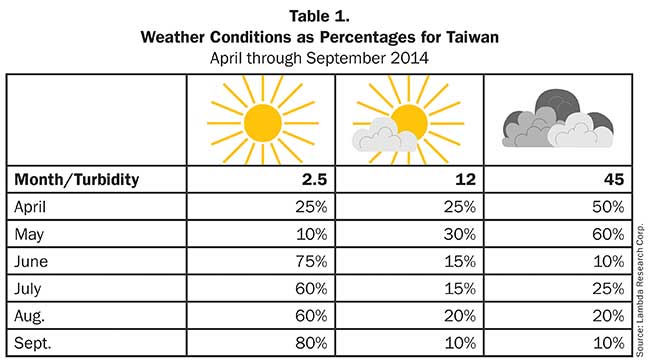
The next step is to add turbidity and sun-tracking to the simulation. To correctly imitate turbidity conditions over a daily time period, the software can simulate the same CSP system for different turbidity cases. For instance, when the CSP system is simulated for a 100 percent sunny condition, the peak solar contribution in this case would occur around noon. In a second scenario where turbidity for the daily period showed sunny and cloudy conditions, the simulation would show a double peak during the day.
If the hourly and daily results are combined into full-day simulations and monthly periods, compiled results will indicate the contribution for daily periods for both 100 percent sunny conditions as shown by a slightly wavy line and for varying cloudy and sunny periods depicted by a widely varying line plot.
To add sun tracking to the simulations, a user must specify the type of tracking the collector system uses: aim to sun, uniaxial, or combined uniaxial with aim to sun tracking. Multiple daily simulations will indicate that the more accurate the sun-tracking system, the better the results.
Once a periodic performance specification is simulated, the CSP engineer can now iterate the design to improve performance. It is critical that the design engineer understand how the power flows through the optical components in their collection systems. 3D visualization is critical for understanding power flow through the collector optics, and only through visualization of the power flow can the designer understand how the sun’s flux propagates through the system. A typical CSP system with parabolic trough setup reflecting solar energy to a tube containing fluid for thermal energy transfer with power flow is shown in a pseudo-color format (Figure 7).
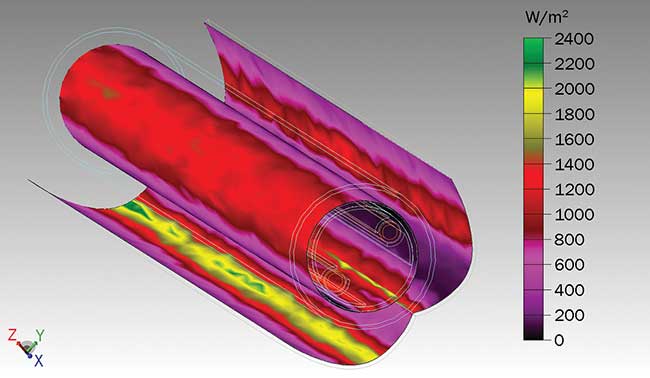
Figure 7. 3D irradiance pseudo-color plot of the power flow of the optics in the concentrated solar power system. Courtesy of Lambda Research Corp.
While solar has become more competitive with traditional energy sources, financial and technical barriers must still be overcome in order to convince utilities and energy authorities of the viability of the investment in the technology. By producing simulated results based upon real-world information, CSP engineers can lessen these objections and show how their installations will ultimately benefit consumers.
Meet the author
Michael Gauvin is the vice president of sales and marketing at Lambda Research Corp. with over 30 years of optical engineering experience; email: [email protected].